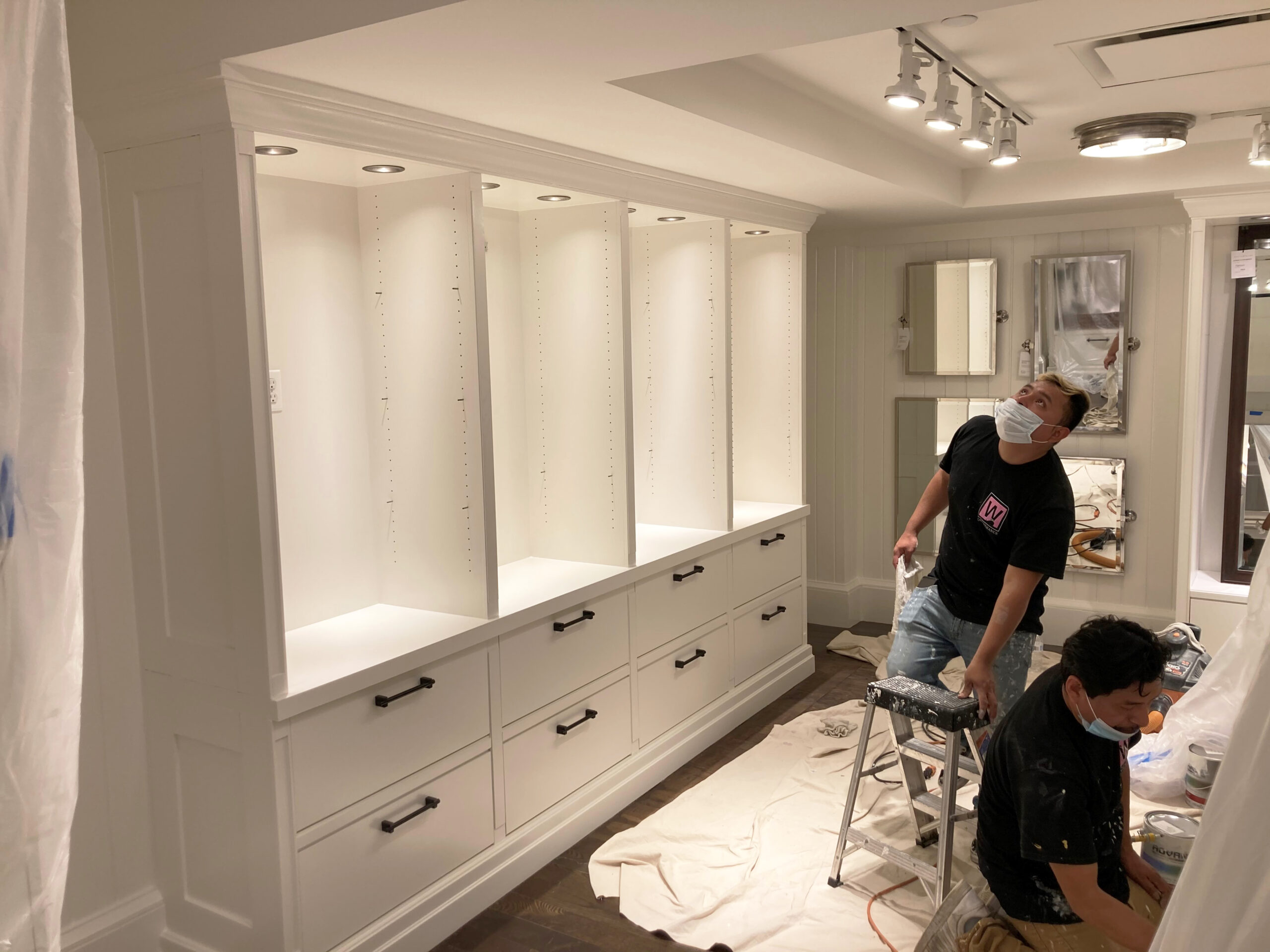Retail construction incorporates the design, development, and building of structures specifically intended for retail businesses. These can range from small standalone stores to large shopping malls, outlet centers, or even mixed-use developments. The primary goal is to create spaces that are functional, attractive, and favorable to a positive customer experience. Retail construction has unique challenges and requirements that set it apart from other types of construction projects.
Different types of Retail Construction
- Standalone Stores: Single-purpose buildings housing individual retail businesses (e.g., clothing stores, grocery stores).
- Shopping Centers: These include strip malls, regional shopping centers, and large retail complexes, often home to multiple tenants like anchor stores, restaurants, and smaller retailers.
- Malls & Outlet Centers: Larger, enclosed spaces with high foot traffic, combining retail with entertainment or dining options.
- Mixed-Use Developments: These projects combine retail spaces with residential or office components to create an active urban environment.
- Pop-Up Stores: Temporary retail spaces designed for short-term use, often for seasonal products or promotional events.
- Power Centers: Shopping centers dominated by big box retailers
Things considered for Retail Construction
- Location: Proximity to foot traffic, parking, and accessibility plays a critical role. High-visibility locations are often preferred for retail businesses to attract customers.
- Building Design: Retail spaces need to balance functionality with aesthetics. Store layouts must allow for easy navigation, visibility, and product displays. Some stores may require specialized designs, like large windows for display or high ceilings.
- Brand Identity: Retail construction often involves creating a space that reflects the brand’s identity and messaging. This includes integrating brand colors, logos, and materials into the design.
- Zoning and Regulations: Local building codes, zoning laws, and accessibility requirements (like ADA compliance) must be considered throughout the construction process.
- Sustainability: Many retail projects now prioritize sustainability, incorporating energy-efficient systems, eco-friendly materials, and green building certifications (like LEED).
- Technology: Integration of advanced systems for security, lighting, HVAC, and customer experience (e.g., digital signage, self-checkout kiosks) is becoming increasingly present.
Construction Phases
- Planning and Design: This includes conceptualizing the space, finalizing architectural plans, and ensuring that the design aligns with the retailer’s needs and brand identity.
- Permits and Approvals: Before construction starts, all necessary permits must be obtained. This can involve reviews for zoning, safety codes, and environmental impacts, etc.
- Site Preparation: The construction site needs to be cleared, leveled, and prepared for the foundation and utilities.
- Building the Structure: This phase includes laying the foundation, building the frame, walls, and roof, and establishing utilities (water, electricity, HVAC).
- Interior Buildout: Interior work includes installing sub-floors, ceilings, walls, lighting, signage, and fixtures that make the retail environment engaging and functional.
- Finishing Touches: After the structure is completed, the final finishes are put in place, such as paint, flooring, landscaping, and any signage or branding elements.
Challenges in Retail Construction
- Budget and Timeliness: Retail construction projects often have strict deadlines and budget limits, particularly when retailers need to open by a specific season or promotional date.
- Customer Experience: Retail spaces are designed with customer flow and interaction in mind. Ensuring ease of access, an intuitive layout, and a comfortable shopping environment are key to success.
- Adaptability: With the rise of online shopping and changing consumer behavior, many retail spaces are being designed to adapt to new shopping trends, such as integrating click-and-collect services or offering improved in-store experiences.
- Safety and Security: Security features like surveillance cameras, alarm systems, and fire safety are essential in the design of retail spaces. Retail construction must ensure these are integrated seamlessly.
Post-Construction
- Tenant Fit-Outs: In multi-tenant retail spaces, once the basic structure is built, individual tenants often perform their own “fit-out” or interior design, customizing the space to their needs.
- Ongoing Maintenance: Retail buildings require regular maintenance, including managing lighting, HVAC systems, cleaning, and ensuring the structure remains safe and welcoming for customers.
Retail construction, therefore, involves a delicate balance between aesthetic design, functional layout, and practical considerations, all with the goal of delivering a space that enhances the customer experience while meeting the business’s operational needs.
Author: Jasmine Cates, Director Construction Services

